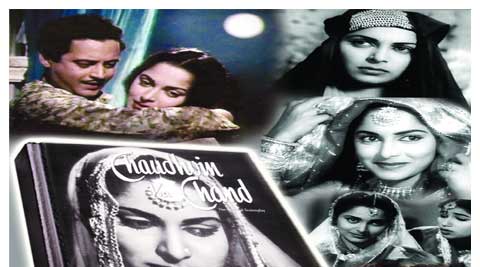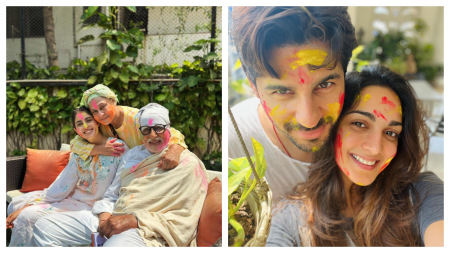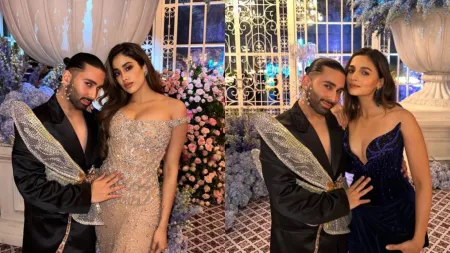- India
- International
Classic Re-visited
Dinesh Raheja and Jitendra Kothari’s Chaudhvin Ka Chand: The Original Screenplay gives the readers a deep and refreshing insight into the making of the classic
 Chaudhvin Ka Chand
Chaudhvin Ka Chand
By Siddhi Pathak
Guru Dutt is undoubtedly the ultimate source of inspiration for several contemporary film-makers in the industry and Vidhu Vinod Chopra is no exception. The book, Chaudhvin Ka Chand: The Original Screenplay begins with him (Chopra) reminiscing Guru Dutt as the legend that he was, describing his cinema as ‘cinema of conviction’. He passionately remarks, ‘Like a lighthouse, it (Dutt’s Cinema) continues to guide us through the mire of mediocrity’. Torn between the commercial facets of film-making and the art of cinema, Dutt’s life and work have influenced not only film-makers, but everyone involved in the film-making process, be it actors, costume designers or even make-up artists.
Chaudhavin Ka Chand: The Original Screenplay not only archives the screenplay of the epic, but also gives its readers deep, candid insights of a lot of people connected with the film. It gives readers an opportunity to revisit one of his best works on paper with ease which is written in Hindi and English and Hindi transcripted in the Roman script.
Chaudhvin Ka Chand, an iconic product of Indian cinema, centres around a meaningful and emotional connect between two friends, Aslam (Dutt) and Pyaare Miyan (Rehman). It gathers romantic intensity when both of them fall in love with the same woman, Jameela (Waheeda Rehman) in a Lucknowi setting, peppered with eloquent Urdu dialogues and lightened with occasional humour. Writers Dinesh Raheja and Jitendra Kothari have very efficiently compiled the screenplay of the epic along with interviews of Waheeda Rehman, costume designer Bhanu Athaiya, actress Farida Jalal, production controller Shyam Kapoor and make-up artiste Baburao Pawaskar. All of them fondly refresh their memories of Dutt, giving an up-close and deep understanding of the life of the film-maker.
Having worked closely with Dutt on a number of projects like Pyaasa, Kaagaz Ke Phool and Chaudhvin Ka Chand, Rehman clears myths surrounding the professional struggles of the film-maker. Praising the training she received from him, she calls him a ‘very good boss’. She goes on to clarify deeper, creative meanings in the movie like the significance of her husband drawing a veil on her face in the climax, implying a desire to shut her eyes and close the issue.
The Oscar-winning costume designer Athaiya acknowledges the professional attitude and faith of Guru Dutt. Farida Jalal, on the other hand, candidly recalls her time as ‘Baby Farida’ on the sets and how ‘Guru Duttji’ would patiently enact every scene for her to replicate. Working on the film as an uncredited production controller, Shyam Kapoor takes readers through the technical aspects of the film and the successful business it did, so much so that even after its release, two songs were re-shot in colour to accentuate the business. The ‘moon-like’ beauty that Rehman was portrayed in the movie, was thanks to Pawaskar who again comments on the humility of the leading ladies as well as Dutt. He further describes the changes that took place in make-up during the shift from black and white to colour.
The book resonates the charisma and creativity of the legend, Guru Dutt. It successfully makes you relive the film on paper. For any film-amigo or cinema enthusiast, it’s an absolute insightful delight.
Photos
Apr 25: Latest News
- 01
- 02
- 03
- 04
- 05









































